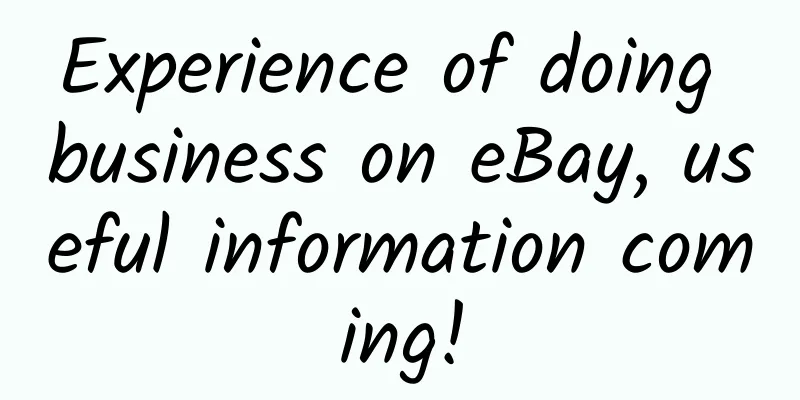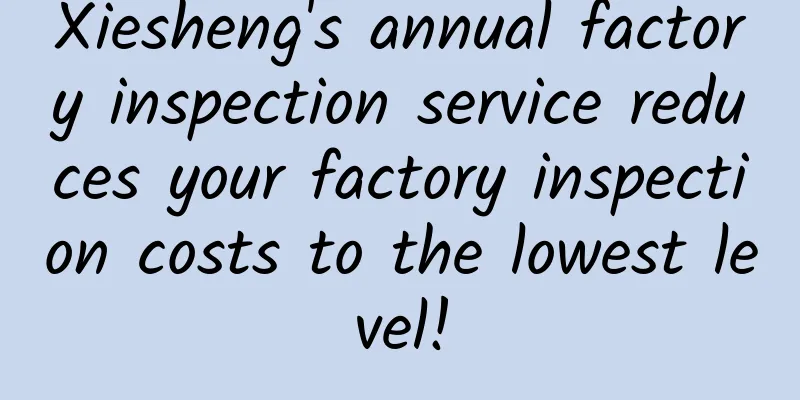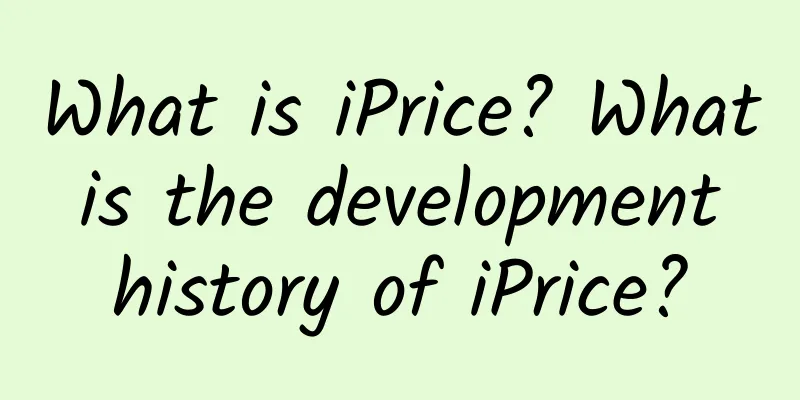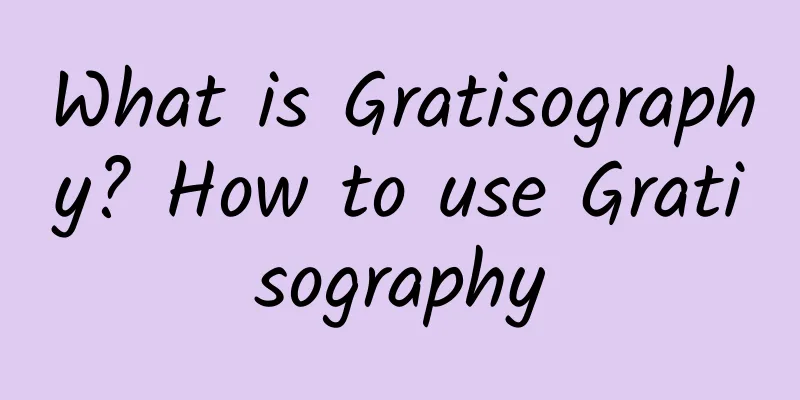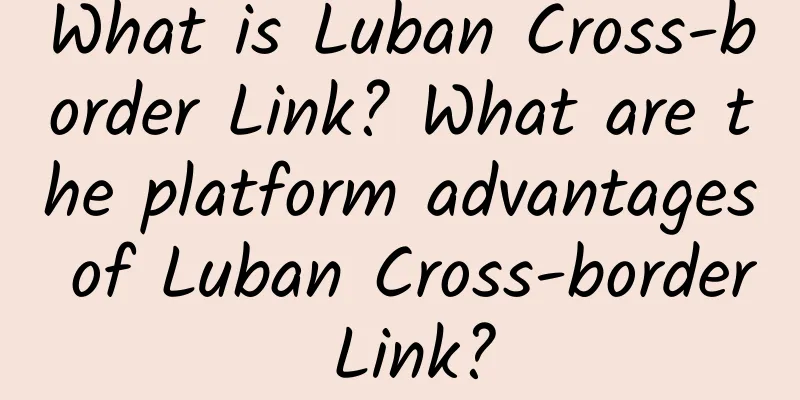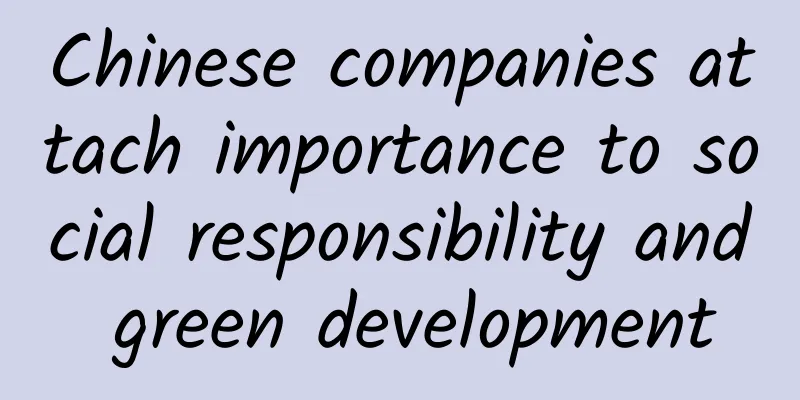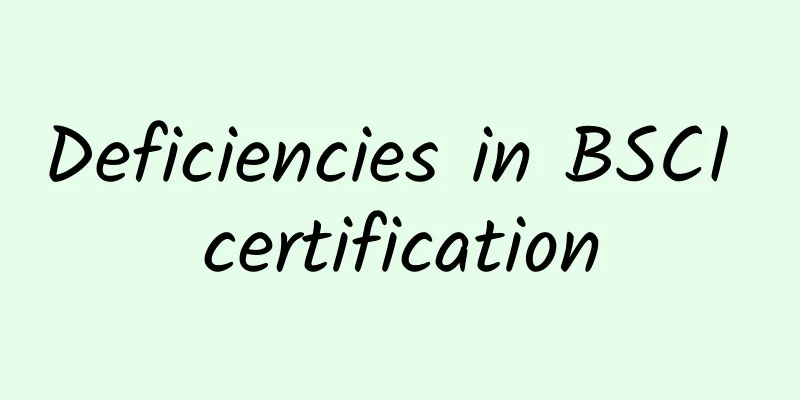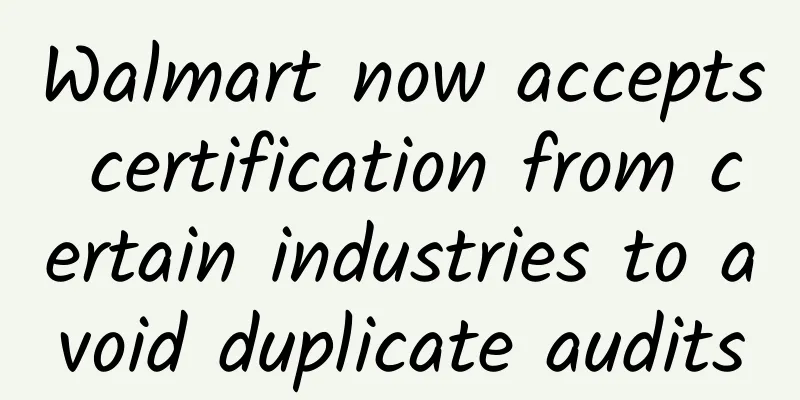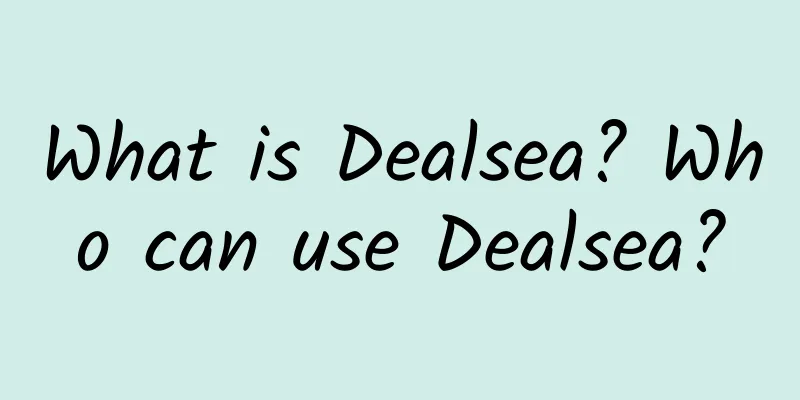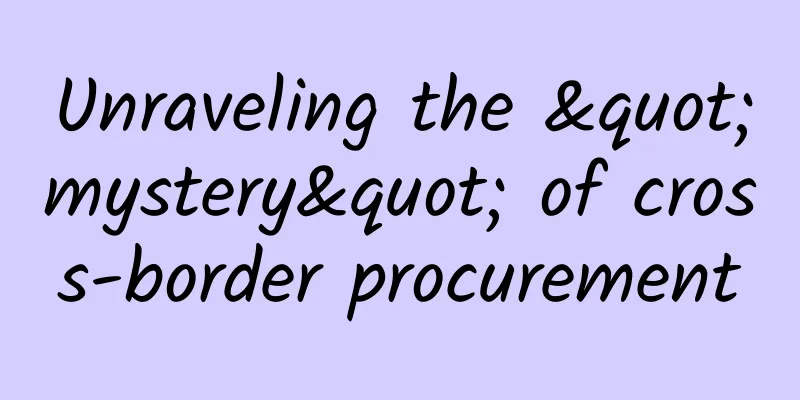CE certification evaluation model
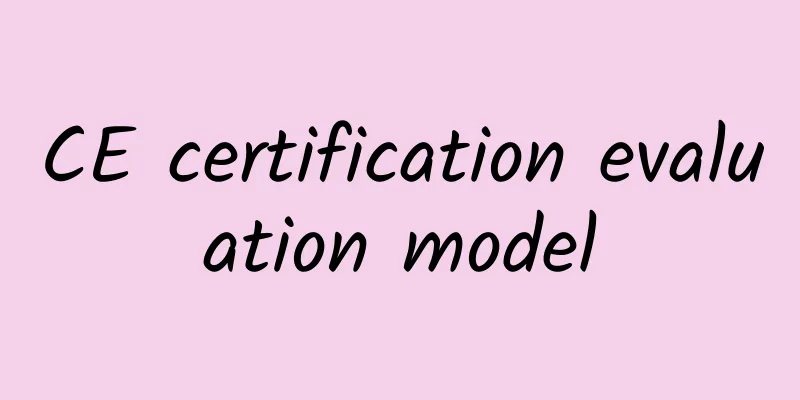
|
CE certification can be said to be the most advanced product conformity assessment model in the world today. It is the first to introduce the concept of modules. The assessment of a product applicable to the CE mark consists of assessment modules and assessment procedures composed of these assessment modules. Generally speaking, there are the following types of assessment modules: A: Self-declaration (self-declaration by the manufacturer and providing key technical information of the product) B: Type test (comprehensive product testing by the EU notified body) C: Factory inspection by the notified body for product production D: Factory audit by the notified body for product production and its quality management system E: The notified body reviews the quality management system of traders and other intermediaries F: The notified body reviews the batch products imported into the EU G: The notified body conducts a comprehensive review, including type testing, of products imported into the EU that have not yet undergone type testing. Different directives specify which modules should make up the evaluation procedure. For example, the Low Voltage Directive (LVD) and the Electromagnetic Compatibility Directive (EMC) can be composed of A; the Gas Appliance Directive (GAD) can be composed of BC, BD, BE or BF. The following can be explained in detail: 1. Factory self-control and certification Module A (internal production control) 1. For simple, large-volume, non-hazardous products, only applicable to manufacturers that apply European standards. 2. The factory conducts self-assessment and self-declaration. 3. Technical documents shall be submitted to national institutions for storage for ten years. On this basis, review and inspection can be used to determine whether the product complies with the directive. The manufacturer shall even provide the design, production and assembly process of the product for inspection. 4. No need to declare that its production process can always ensure that the product meets the requirements. 1. The manufacturer did not produce according to European standards. 2. The testing agency conducts random tests on special components of the product. 2. Review of Module B (EC type review) by the testing agency The factory sends samples and technical documents to the testing agency of its choice for review, and the testing agency issues a certificate. Note: B alone is not sufficient to constitute CE use. Module C (same as type [sample]) + B The factory makes a declaration of conformity (consistent with the certified type) and the declaration is kept for ten years. Module D (production process quality control) + B: This model focuses on the production process and final product control. The factory produces according to the method approved by the testing agency (quality system, EN29003), and on this basis declares that its products are consistent with the certified type (declaration of conformity). Module E (Product Quality Control) + B This mode only focuses on final product control (EN29003), and the rest is the same as Module D. Module F (Product Testing) + B After the factory ensures that its production process can ensure that the product meets the requirements, it makes a declaration of conformity. The recognized testing agency verifies the conformity of its products through full inspection or sampling inspection. The testing agency issues a certificate. Module G (testing one by one) The factory declares that it meets the requirements of the directive and submits the product technical parameters to the testing agency. The testing agency issues a certificate after checking the products one by one. Module H (comprehensive quality control) This mode focuses on design, production process and final product control (EN29001). The rest is the same as Module D + Module E. Among them, mode F + B, mode G is suitable for products with particularly high risk. Friendly Tips: Shanghai Transwin is a professional company that focuses on providing a package of solutions for various factory inspections, certifications, and audits for foreign trade processing companies. With rich experience in factory inspection/certification guidance, a strong professional team, and high-quality and efficient services, we can "tailor" a set of low-cost, simple and feasible solutions to customer requirements in a short period of time, provide on-site guidance, follow-up throughout the process, and accompany the audit, etc., to ensure that the company passes the factory inspection/certification 100%. |
>>: Social Responsibility Factory Audit Process
Recommend
How about Meiji Logistics? What industries does Meiji Logistics service cover?
How about Meiji Logistics? A-Logistics is a globa...
Recommended eBay listing tools~Practical information coming!
eBay has very loose management over third-party m...
“Whether companies like it or not, the era of green manufacturing has arrived”
"During the 14th Five-Year Plan period, gree...
What is Saihe Technology? What are the functions of Saihe Technology?
Shenzhen IrobotBox Technology Co., Ltd. (IrobotBo...
What is FOB? What does the FOB price include?
What is FOB? FOB, commonly known as "free on...
How to create a hot-selling product on eBay? Where to analyze?
How to create a hot item on eBay? eBay tried ever...
Chinese SOS letter found in socks at British clothing store
Core facts The writer of the letter claimed that h...
Benefits of WCA factory audit
Is it useful for factories to pass the WCA factor...
eBay changing store?
After you have subscribed to an eBay store, you c...
Why is it important to become a preferred seller on Shopee?
1. Introduction to Shopee’s seven major sites 1. ...
Auditor's responsibilities
Responsibilities of the audit team leader: Repres...
Sears Supplier Preliminary Preparation
SEARS factory audit arrangement: After the factor...
Shanghai Super Network is on holiday!
The National Day is approaching, and many friends...
SNS Marketing——Social Network Services
SNS, the full name of which is Social Networking ...
What is eBay? Introduction to eBay
eBay is committed to promoting the development of...
